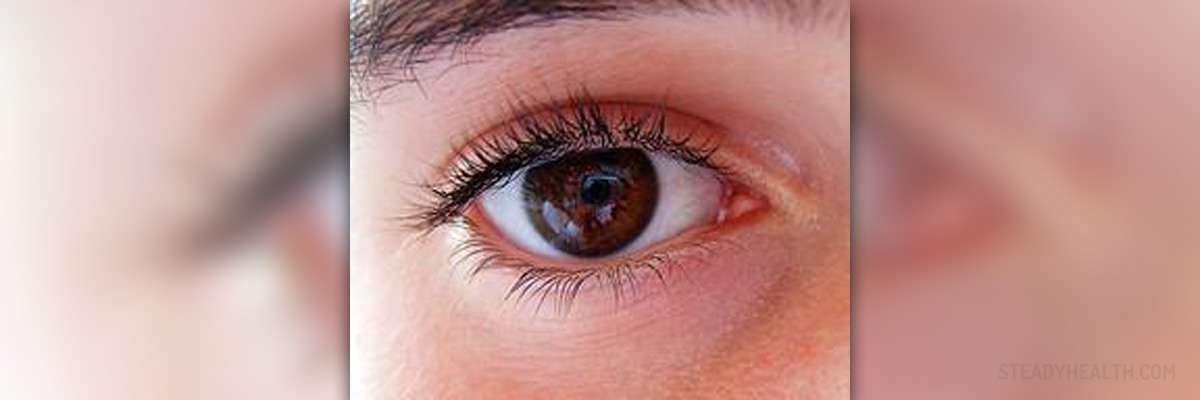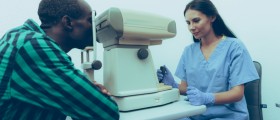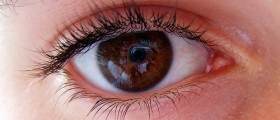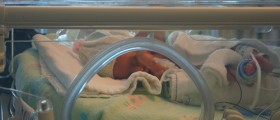
What is diabetic retinopathy?
Retina is the light-sensitive tissue at the back of the human eye that plays a very important role in vision. People who have diabetes are at risk of retinopathy because it is a complication commonly associated with diabetes. In the initial stages, diabetic retinopathy does not cause any problems with vision, or, if it does, they are very mild. As retinopathy progresses, it becomes worse and potentially leads to blindness.
Diabetic retinopathy can affect anyone with type 1 or type 2 diabetes. The longer a person suffers from diabetes, the higher are the chances of this complication. The risk is higher in people who do not check their blood sugar levels on a regular basis.
People who have diabetes are strongly advised to have their sight checked regularly and, of course, to do regular blood tests for sugar levels.
Treatment for diabetic retinopathy
In early stages of diabetic retinopathy, especially the non-proliferative kind, the treatment may not be required right away. It is, however, necessary to control the eyes regularly and to follow the development of this condition. In addition, it is necessary to monitor and control the blood sugar levels because maintaining those levels at normal values can significantly slow down or delay the progression of diabetic retinopathy.
Prompt surgical treatment is required for proliferative diabetic retinopathy, otherwise the patient is at very high risk of blindness. Surgery is sometimes recommended for non-proliferative retinopathy as well.
The treatment depends on the specific problems with the retina. Focal laser treatment or photocoagulation, done in an eye clinic or at the doctor’s office, uses laser to stop the leaking from the blood vessels, which is what is causing vision problems in retinopathy. This procedure usually requires just one session.
Scatter laser treatment or Panretinal photocoagulation, also done in eye clinic or at the doctor’s office, shrinks the abnormal blood vessels in the eye. This procedure may require two or more sessions.
In vitrectomy, which is done in a hospital or a surgical center, with the use of general anesthesia, the surgeon removes the blood from the middle of the eye, removing also any scar tissue tugging at the retina. In order to do so, the surgeon must make a small incision in the eye and sometimes a gas bubble must be used to help reattach the retina. Another option is the use of saline solution which maintains the eye in the normal shape. Vitrectomy is a more invasive procedure than the laser ones and involves longer recovery period. Sometimes it is combined with laser treatments as well.
Unfortunately, diabetic retinopathy is a lifelong condition and the surgery can only stop or slow down the progression, but it cannot cure it.

















Your thoughts on this
Loading...